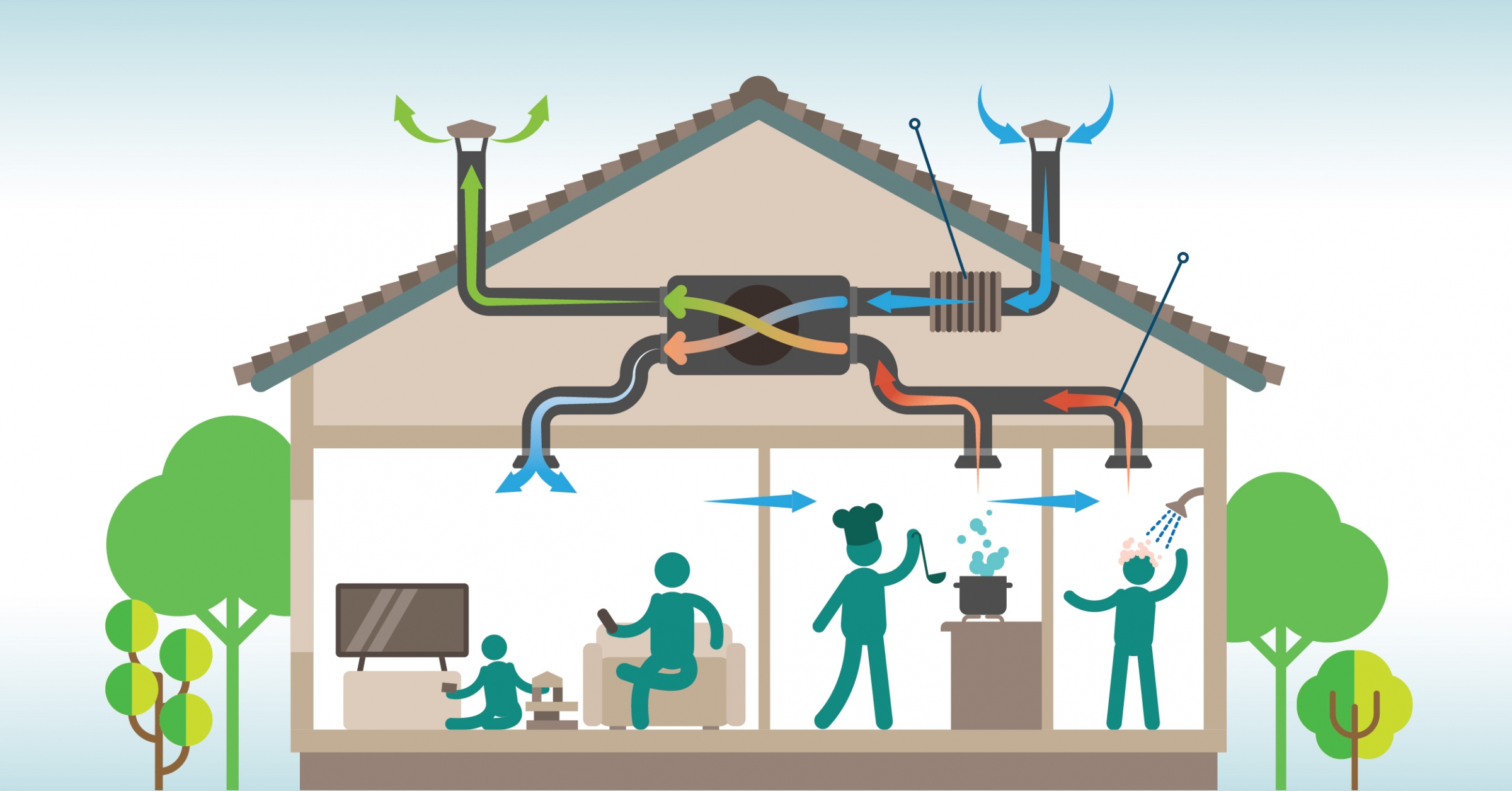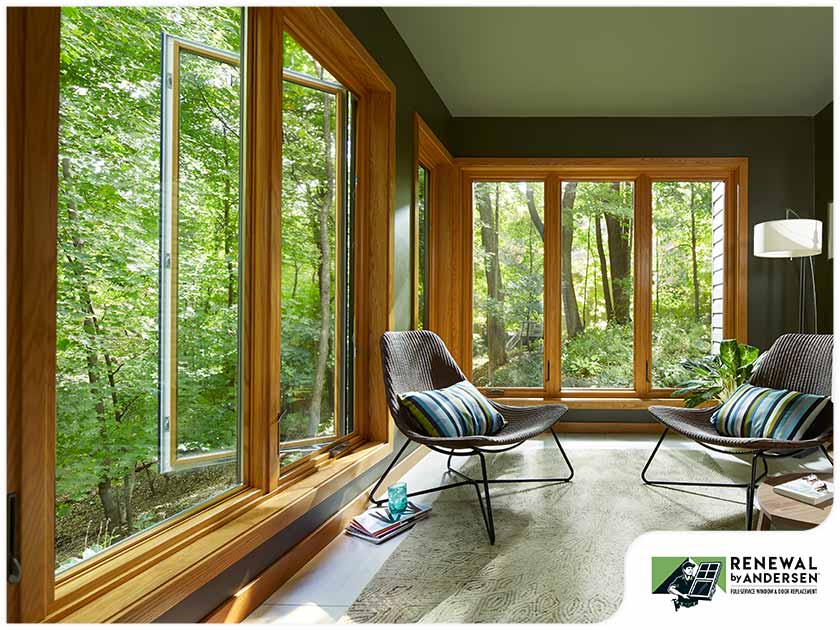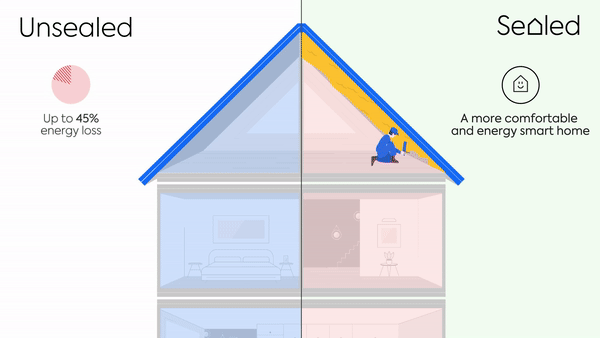Why Home Ventilation Melbourne Matters for a Healthier Living Environment
Comprehending the Importance of Home Ventilation for a Healthier Living Setting
Home air flow plays a vital function in maintaining a healthy living environment. It assists in the exchange of interior and exterior air, which is necessary for boosting air quality. Without proper air flow, homes can come to be breeding premises for irritants and toxins. The effects of inadequate air circulation can be significant. This raises the query of just how home owners can properly apply air flow methods to secure their health and wellness and wellness. Understanding these methods is necessary.

The Fundamentals of Home Air Flow
Home air flow functions as a crucial component of interior air top quality and convenience. It involves the process of trading stagnant interior air with fresh exterior air, therefore reducing humidity and managing temperature level. Appropriate air flow systems can consist of all-natural approaches, such as open home windows and vents, along with mechanical systems, such as exhaust followers and air exchangers. Efficient home air flow assists stop concerns like indoor mold development and the build-up of dangerous particles. It likewise enhances overall energy efficiency, as well-ventilated rooms can preserve comfortable temperatures with much less dependence on home heating and cooling down systems. Comprehending the essentials of home ventilation is important for home owners looking for to develop a healthier living atmosphere for themselves and their households.

Typical Sources of Indoor Air Air Pollution

Several might not understand it, interior air pollution can originate from numerous resources within a home. Common contributors include unstable natural compounds (VOCs) released from paints, solvents, and cleansing products. Household home appliances, such as gas ovens and fireplaces, can launch unsafe gases like carbon monoxide and nitrogen dioxide. Additionally, mold and mildew flourish in moist areas, releasing spores that influence air top quality. Animal dander, dirt mites, and pollen can gather inside, further worsening air pollution levels. Smoking cigarettes inside your home generates harmful chemicals that linger airborne. Lastly, building products, including asbestos and formaldehyde, can off-gas damaging substances. Recognizing these sources is essential for preserving a much healthier interior setting and promoting effective air flow techniques.
Health And Wellness Impacts of Poor Ventilation
Indoor air contamination can have significant wellness ramifications, particularly when air flow is inadequate. Poor air flow can cause the buildup of dangerous toxins, such as unstable organic compounds, mold and mildew, and particle issue. This accumulation may cause respiratory system problems, consisting of asthma, allergies, and chronic obstructive lung disease. People may experience signs and symptoms like frustrations, tiredness, and irritation of the eyes, nose, and throat. Susceptible populations, such as kids and the senior, are at greater threat for serious health and wellness impacts. Long-lasting direct exposure to badly aerated atmospheres can additionally add to much more severe conditions, including cardiovascular diseases. Making certain correct air flow is necessary for preserving a healthy living setting and decreasing the threat of health and wellness problems associated with indoor air contamination.
Effective Air Flow Techniques for Your Home
Proper air flow is vital for preserving a healthy indoor atmosphere, and executing reliable strategies can greatly improve air high quality. Property owners can begin by ensuring that exhaust fans are mounted in bathroom and kitchens to eliminate excess dampness and odors. Opening up home windows regularly allows fresh air to flow, especially throughout moderate weather condition. Furthermore, using air cleansers with HEPA filters can help catch air-borne pollutants. For homes with heating and cooling systems, preserving heating and cooling systems and changing filters routinely is crucial for peak efficiency. Integrating all-natural air flow strategies, such as cross-ventilation, can also improve airflow. Ultimately, sealing any type of leakages in home windows and doors avoids unwanted drafts, which can interrupt regulated air movement, ultimately leading to improved interior air quality and convenience.
Preserving Optimum Air High Quality Year-Round
To keep suitable air quality year-round, home owners should take on an aggressive method to handling find their indoor setting. Frequently keeping track of indoor air high quality is vital; this includes checking for toxins such as dust, mold, and unstable organic compounds (VOCs) Implementing efficient ventilation systems, such as exhaust followers and air cleansers, can substantially lower air-borne pollutants. In addition, regular upkeep of cooling and heating systems guarantees peak efficiency and air circulation. Home owners must likewise think about humidity levels, as excessive wetness can bring about mold growth. Seasonal modifications might require modifications in ventilation methods to suit varying outside you can find out more air top quality. By focusing on these methods, home owners can create a much healthier space, promoting general wellness for all occupants throughout the year.
Frequently Asked Inquiries
Just How Can I Tell if My Home Requirements Better Ventilation?
To identify if a home requires much better air flow, one should observe signs such as relentless moisture, mold growth, musty smells, condensation on windows, or boosted allergic reaction signs and symptoms, indicating poor airflow and possibly inadequate indoor air top quality.
What Are the Indications of Poor Indoor Air Top Quality?

Can Houseplants Improve Indoor Air Quality Successfully?
The effectiveness of houseplants in improving indoor air top quality is questioned. While some researches suggest they can take in toxic substances and generate oxygen, their general influence may be very little contrasted to proper air flow and air filtration systems.
Just how Commonly Should I Change My Air Filters?
The frequency of air filter adjustments normally relies on usage and filter type. Normally, it is recommended to change filters every three months, though households with pets or allergic reactions may need more regular modifications for excellent performance.
Exist Any Particular Ventilation Equipments for Allergic Reaction Sufferers?
Numerous ventilation systems, such as HEPA-filtered devices, efficiently minimize allergens airborne. Home Ventilation Melbourne. These systems trap family pet, dirt, and pollen dander, supplying allergy victims with a cleaner, healthier indoor environment while taking care of air quality effectively
It helps with the exchange of indoor and outdoor air, which is important for boosting air high quality. Home ventilation offers as a crucial part of interior air quality and convenience. It entails the process of exchanging stale interior air with fresh outside air, thereby decreasing humidity and controlling temperature level. Interior air pollution can have significant health ramifications, especially when ventilation is poor. Proper ventilation is vital important source for preserving a healthy and balanced interior atmosphere, and carrying out reliable techniques can greatly enhance air quality.